Cauliflower Head Development: Information About Headless Cauliflower
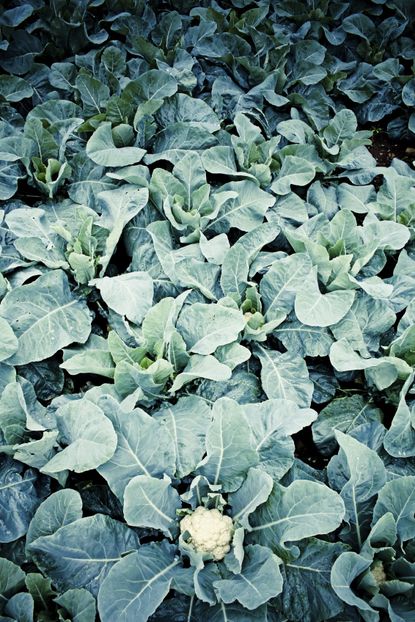

Cauliflower is a cool season crop that is a bit more finicky regarding its climactic needs than its relatives broccoli, cabbage, kale, turnips, and mustard. Sensitivity to weather and environmental conditions make cauliflower prone to numerous growing problems. Usually, the issues center on cauliflower curd problems such as headless cauliflower. What are some of these conditions that can affect cauliflower head development?
Cauliflower Growing Problems
Cauliflower has two phases of growth-- vegetative and reproductive. The reproductive phase means head or curd growth and any number of conditions during the reproductive phase such as unusually hot weather, drought, or low temps can result in small premature heads or “buttons.” Some people think of this as a headless cauliflower. If you have no head on your cauliflower, it's undoubtedly stress affecting the plant. Stresses that affect cauliflower development may be overly cold soil or air temps in the spring, lack of irrigation or nutrition, root bound plants, and insect or disease damage. Cultivars that mature more quickly are more susceptible to stress than those that need a longer growing period.
Troubleshooting Cauliflower Curd Problems
To avoid having tiny buttons or even no head on a cauliflower plant, proper care must be taken when planting and during follow-up care.
- Moisture – Soil should always be moist to a depth of 6 inches (15 cm.). Consistent moisture is necessary for the plants to develop full heads. They need additional water the later in the season that you plant it since cauliflower grown into the warmer parts of summer obviously need more water than those grown in the cool early spring.
- Temperature – Cauliflower doesn’t tolerate warm temps and must be planted early enough to mature before the hot weather. Some varieties of cauliflower may need to be blanched to protect the heads from sun damage prior to harvest. This means the leaves of the plant are tied over the developing heads much like a kerchief.
- Nutrition – Sufficient nutrition is also crucial for proper head development. No head on a cauliflower plant may be a symptom of a lack of nutrients, especially since cauliflower is a heavy feeder. Amend the soil with compost, well tilled in, and apply a 5-10-10 fertilizer at the rate of 3 pounds (1 kg.) per 100 square feet (9.29 sq. m.) just before transplanting. It’s also a good idea to side dress with nitrogen at three to four weeks post transplantation in the amount of 1 pound (0.5 kg.) per 100 foot (30.5 m.) row.
Monitor the cauliflower for any signs of insect or disease, provide plenty of nutrition, and consistent irrigation and you should be seeing beautiful, large white cauliflower heads in no time.
Gardening tips, videos, info and more delivered right to your inbox!
Sign up for the Gardening Know How newsletter today and receive a free download of our most popular eBook "How to Grow Delicious Tomatoes."

Amy Grant has been gardening for 30 years and writing for 15. A professional chef and caterer, Amy's area of expertise is culinary gardening.
-
 Urban Composting Guide: How To Compost In The Middle Of The City
Urban Composting Guide: How To Compost In The Middle Of The CityUrban composting does not have to be daunting. You can compost in the city, and maybe even try some urban worm composting!
By Mary Ellen Ellis
-
 Shrub Diseases And Pests To Watch Out For
Shrub Diseases And Pests To Watch Out ForShrub diseases and pests can be challenging. Learn how to recognize and eradicate them before they can present a danger to your plants.
By Susan Albert
-
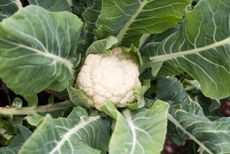 Cauliflower Protection In Gardens – Cauliflower Pest Protection And More
Cauliflower Protection In Gardens – Cauliflower Pest Protection And MoreGrowing cauliflower is not for the faint of heart. The plant is testy and sensitive to heat, frost, and pests. If you want to grow it, protecting cauliflower plants is essential to your success. This article will help with tips on cauliflower plant protection.
By Liz Baessler
-
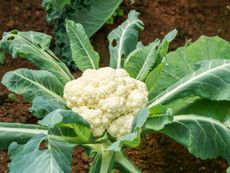 Problems Growing Cauliflower – Learn About Diseases Of Cauliflower
Problems Growing Cauliflower – Learn About Diseases Of CauliflowerKnowing what type of cauliflower diseases may afflict the veggie and troubleshooting these cauliflower problems will aid in the healthy production and yield of the plant. Click this article to learn more about treating these issues.
By Amy Grant
-
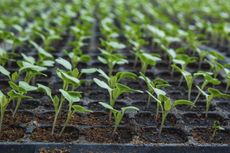 Cauliflower Seed Germination: Tips On Planting Cauliflower Seeds
Cauliflower Seed Germination: Tips On Planting Cauliflower SeedsIf you're looking for a little bit of a challenge in your garden this year, why not try growing cauliflower from seeds? This article provides information on planting cauliflower seeds. Click here for a cauliflower seed planting guide.
By Liz Baessler
-
 Wilting Cauliflower: Reasons For Cauliflower Plants Wilting
Wilting Cauliflower: Reasons For Cauliflower Plants WiltingWhy are my cauliflowers wilting? What can I do about wilting cauliflower? This is a discouraging development for home gardeners, and troubleshooting cauliflower problems isn't always easy. For helpful tips, click this article.
By Mary H. Dyer
-
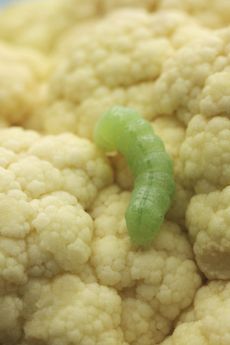 Identifying Cauliflower Bugs: Tips On Controlling Cauliflower Insects
Identifying Cauliflower Bugs: Tips On Controlling Cauliflower InsectsCauliflower bugs can decimate the crop and make the flower head unfit to eat. Treating bugs on cauliflower starts with correct identification of the pest and a targeted control plan that is non-toxic and safe for food plants. This article will help.
By Bonnie L. Grant
-
 Companion Planting Cauliflower: What Are Cauliflower Companion Plants
Companion Planting Cauliflower: What Are Cauliflower Companion PlantsCompanion planting pairs two or more types of plants for the mutual benefit of each other. In this particular article, we're going to delve into cauliflower companion planting. What cauliflower companion plants grow well with cauliflower?
By Amy Grant
-
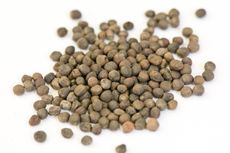 Harvesting Cauliflower Seeds: Where Do Cauliflower Seeds Come From
Harvesting Cauliflower Seeds: Where Do Cauliflower Seeds Come FromI love cauliflower and usually grow some in the garden. I generally buy bedding plants, although cauliflower can be started from seed. That fact gave me a thought. Where do cauliflower seeds come from? This article will help answer that.
By Amy Grant
-
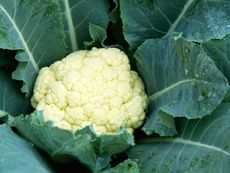 Cauliflower Care In Pots: Can You Grow Cauliflower In A Container
Cauliflower Care In Pots: Can You Grow Cauliflower In A ContainerCan you grow cauliflower in a container? Cauliflower is a large vegetable, but the roots are surprising shallow. If you have a container wide enough to accommodate the plant, you can definitely grow this tasty veggie. Click here to learn more.
By Mary H. Dyer